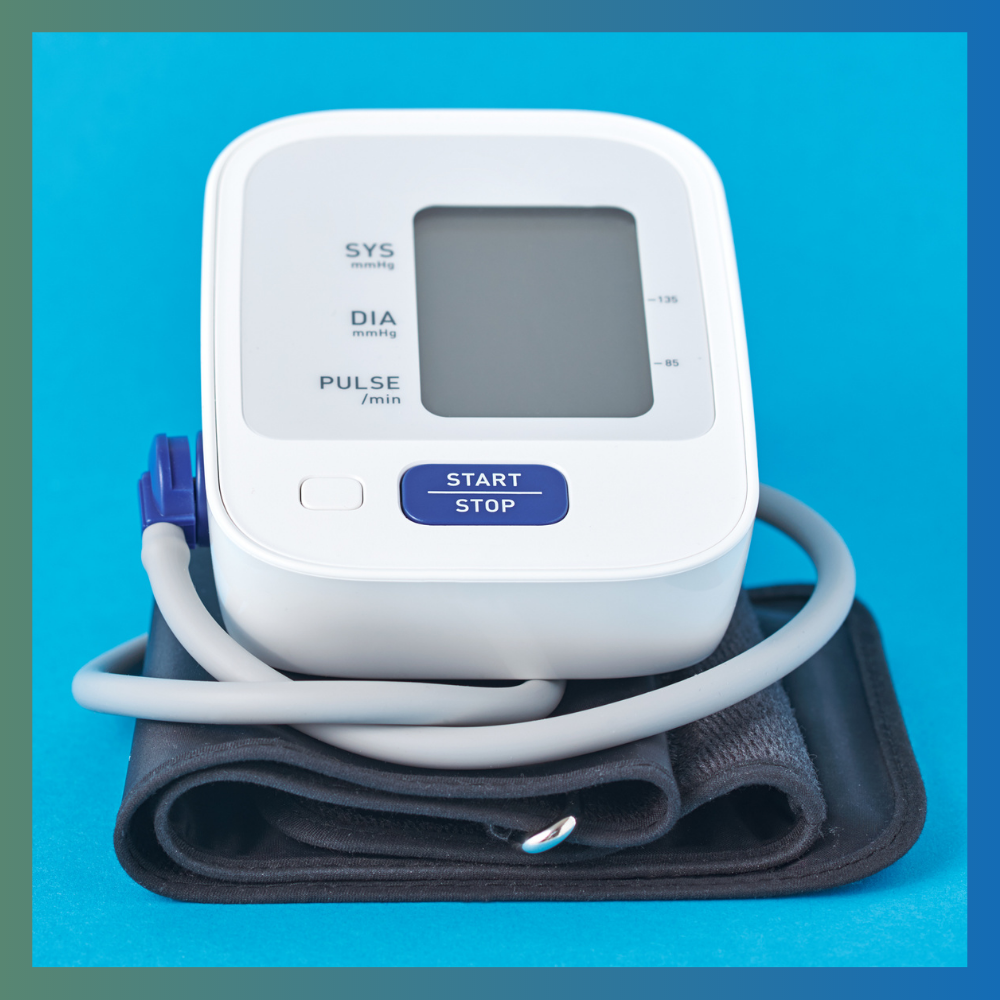Effect of Ice Massage to Head and Spine on Blood Pressure and Heart Rate Variability in Patients with Hypertension: a Pilot Study
Abstract
Background: Ice massage is one of the common hydrotherapeutic procedures. The current study is first of its kind, conducted to evaluate the effect of ice massage to head and spine on blood pressure and heart rate variability in patients with hypertension.
Materials and Methods: Fifteen hypertensive subjects with the mean ± standard deviation (SD) age of 48.87 ± 11.17 yrs were recruited and underwent only one session of ice massage to head and spine for 20 min. Blood pressure and heart rate variability were assessed before and immediately after the intervention.
Results: Results of this study showed a significant reduction in systolic blood pressure (p = <.001), diastolic blood pressure (p < .001) and heart rate (p = .012), and a significant increase in R-R Interval (the intervals between adjacent R waves in the electro cardiogram) (p = .001) in the posttest assessments compared to its respective pre-test assessments.
Conclusion: Results suggest that 20 min of ice massage to head and spine may reduce blood pressure and heart rate in patients with hypertension. However, there is no evidence that this provides any significant clinical impact for the patient.
Downloads the last 12 months

License
Copyright (c) 2021 Authors

This work is licensed under a Creative Commons Attribution-NonCommercial-NoDerivatives 3.0 Unported License.





.png)





